Dead cities' new lives
Updated: 2015-07-22 08:11
By Erik Nilsson(China Daily)
|
||||||||
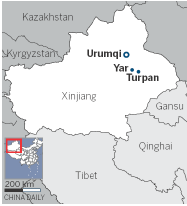 |
|
[Photo/China Daily] |
The settlement was predominantly ethnically Han in the Tang Dynasty (AD 618-907) but also hosted but also hosted Sogdian, Turkic, Qiuci, Yanqi and Sindhu people, who wrote Chinese, Brahmi, Sanskrit, Persian and Sogdian. It became a Uygur kingdom in the 9th century, when the primary religion was Manichaeism. Residents later converted to Buddhism.
Qocho later became a vassal to the Mongolian Yuan Dynasty (1271-1368). This allegiance led to its demise, when the rebellious Mongolian Islamic Chagatai Khanate destroyed the city around the 1390s.
The city wall, moat, religious buildings and residences are preserved.
So is Khan Fort-aka the Imperial Palace-which served as the government seat. A pagoda stands in the compound.
Qocho's eerie stillness is even headier than Yar's.
We wondered at how such a once-bustling metropolis could become so barren.
The only sounds in the dead city on Tomb Sweeping Day were the breezes. They hissed through once-grandiose buildings' nubs that remain as monuments to a moment when xenophobia and intolerance vanquished diversity.
The winds seemed to whisper warnings through the ages.
About this series
China Daily explores Silk Road destinations in 2015.
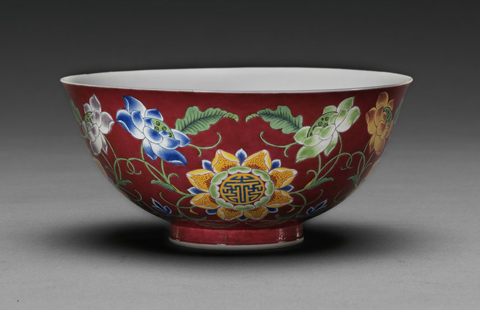
 Rare imperial porcelain revealed for first time in Capital Museum
Rare imperial porcelain revealed for first time in Capital Museum
 Cosplay enthusiasts pose during 'Anime Friends' in Brazil
Cosplay enthusiasts pose during 'Anime Friends' in Brazil
 Top 10 services changed by online-to-offline
Top 10 services changed by online-to-offline
 People evacuated after downpour in SW China
People evacuated after downpour in SW China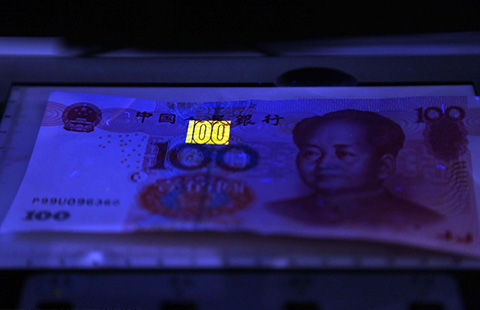
 Identifying counterfeit money
Identifying counterfeit money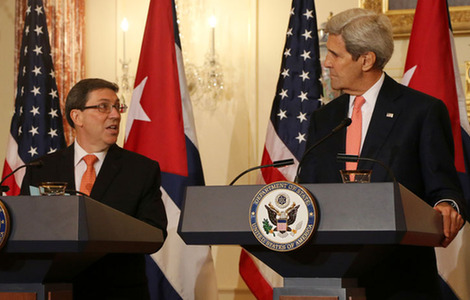
 A New Era in US-Cuba Relations Begins
A New Era in US-Cuba Relations Begins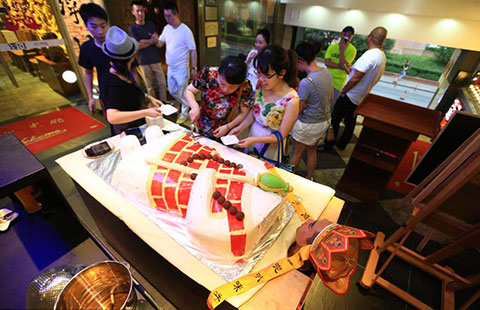
 Eat the 'flesh' of 'Monk Xuanzang' at this shop
Eat the 'flesh' of 'Monk Xuanzang' at this shop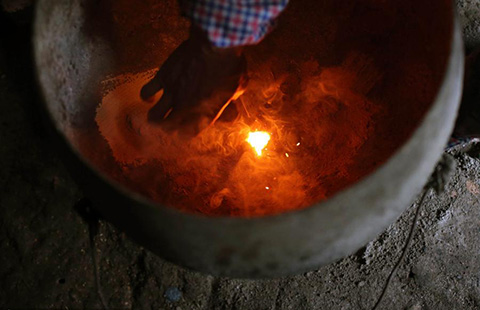
 The dying of craft of repairing pans
The dying of craft of repairing pans
Most Viewed
Editor's Picks

|

|

|

|

|

|
Today's Top News
Ling Jihua's arrest a vital lesson for officials
Cuba, US ties called first step
Life details of Tennessee shooter emerge, but motive elusive
China can now shop at JD.com's US Mall
UN Security Council endorses Iran nuclear deal
US, Cuba set to reboot relations after split
Mayor to turn Zhanjiang into green economic powerhouse
Private firms' access to arms sector widens
US Weekly

|

|






